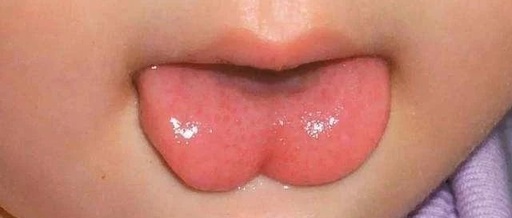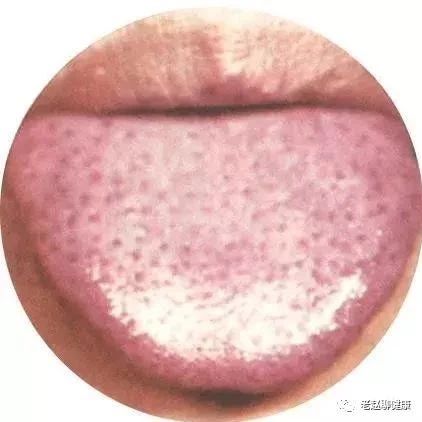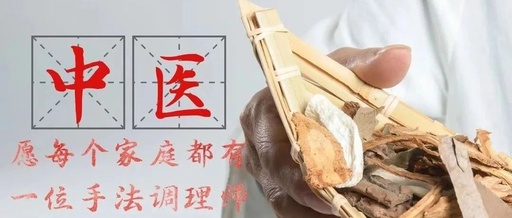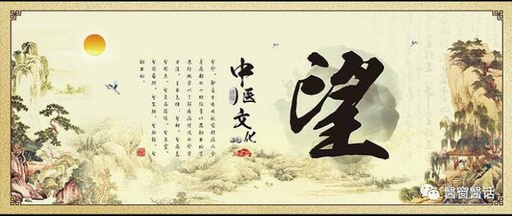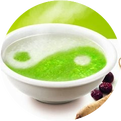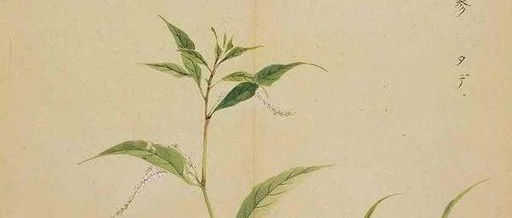What is Slippery Pulse?
Slippery pulse (hua mai) is a type of pulse manifestation in Traditional Chinese Medicine (TCM) pulse diagnosis. The pulse feels smooth and flowing, resembling beads rolling on a jade plate, which indicates a sensation of roundness and smoothness under the fingers, similar to the feeling of abacus beads rolling on a tray. Slippery pulse is … Read more


